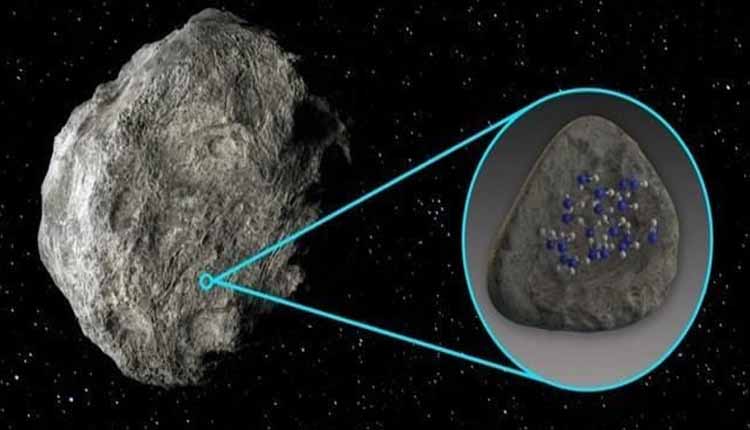In a groundbreaking revelation that revolutionizes our comprehension of celestial bodies, scientists have detected traces of water on the surfaces of two asteroids.
This unprecedented breakthrough, detailed in a study published in The Planetary Science Journal, not only illuminates the dispersion of water molecules across the solar system but also provides tantalizing insights into the origins of water on Earth.
Drawing upon data from NASA’s retired Stratospheric Observatory for Infrared Astronomy (SOFIA) mission, researchers from the Southwest Research Institute embarked on a pioneering endeavor.
Their analysis of SOFIA’s observations unveiled distinctive spectral signatures indicative of water molecules on the previously uncharted asteroids Iris and Massalia. These celestial bodies, once devoid of known water detection, now signify monumental milestones in our exploration of the cosmos.
Water’s enduring presence
Contrary to previous assumptions suggesting that water would have dissipated from asteroids orbiting close to the sun, Iris and Massalia defy conventional wisdom.
With diameters measuring 124 miles and 84 miles respectively, these asteroids serve as reservoirs of liquid water, potentially contained within silicate glass beads or adhering to mineral surfaces.
The identification of molecular water on these asteroids bolsters the widely accepted hypothesis that Earth’s water originated from extraterrestrial sources, potentially delivered through asteroid impacts.
Dr. Anicia Arredondo, the study’s lead author, underscores the significance of comprehending water distribution on asteroids, providing crucial insights into the mechanisms governing our planet’s formation and evolution.
Beyond Earth
As humanity ventures forth in its exploration of the cosmos in pursuit of extraterrestrial life, understanding the distribution of water within our solar system assumes paramount importance. The newfound awareness of water’s presence on asteroids not only guides our search for potential life within our cosmic vicinity but also lays the groundwork for future interstellar exploration.
With the promising success of their initial discovery, the research team eagerly anticipates further exploration. Plans are in motion to utilize the James Webb Space Telescope for higher-resolution observations of additional asteroids, promising to unveil even more secrets hidden within the depths of our solar system.
In the vast expanse of space, each revelation serves as a thread in the intricate tapestry of cosmic understanding. The detection of water on asteroids Iris and Massalia signifies a pivotal juncture in humanity’s quest to unravel the mysteries of our solar system and beyond. As we cast our eyes toward the heavens, we are reminded that the cosmos holds boundless wonders yet to be discovered.


